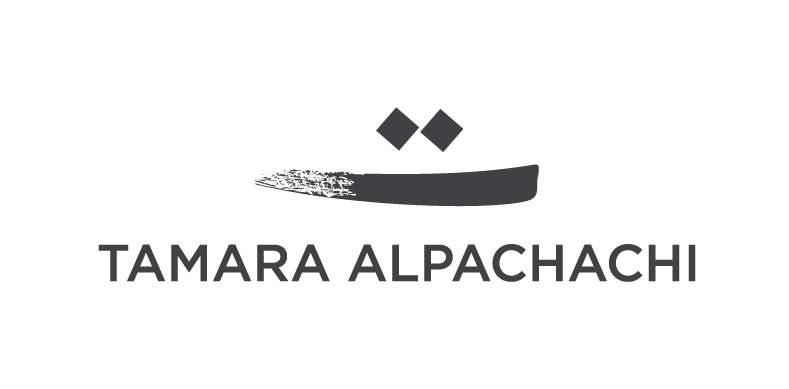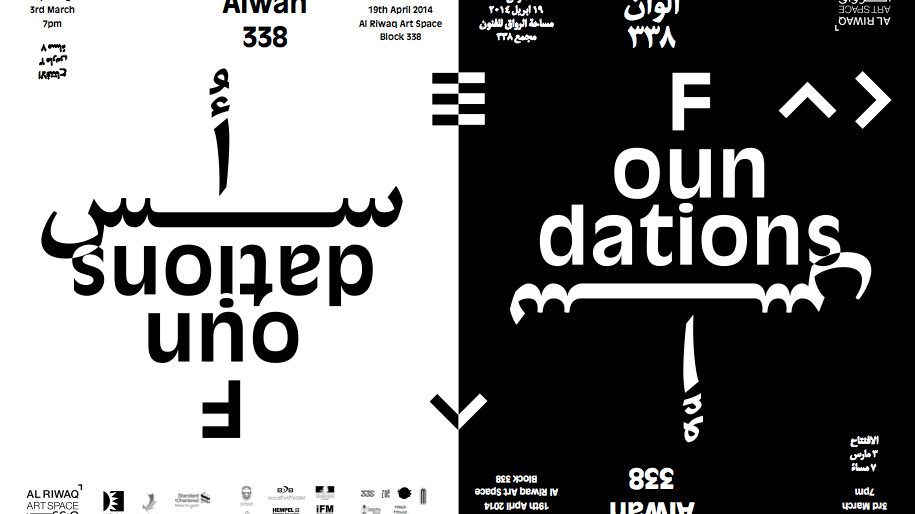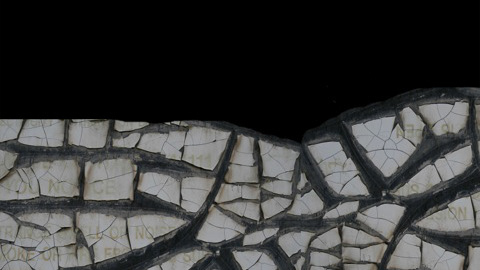
Sara Madan ceramic shoes
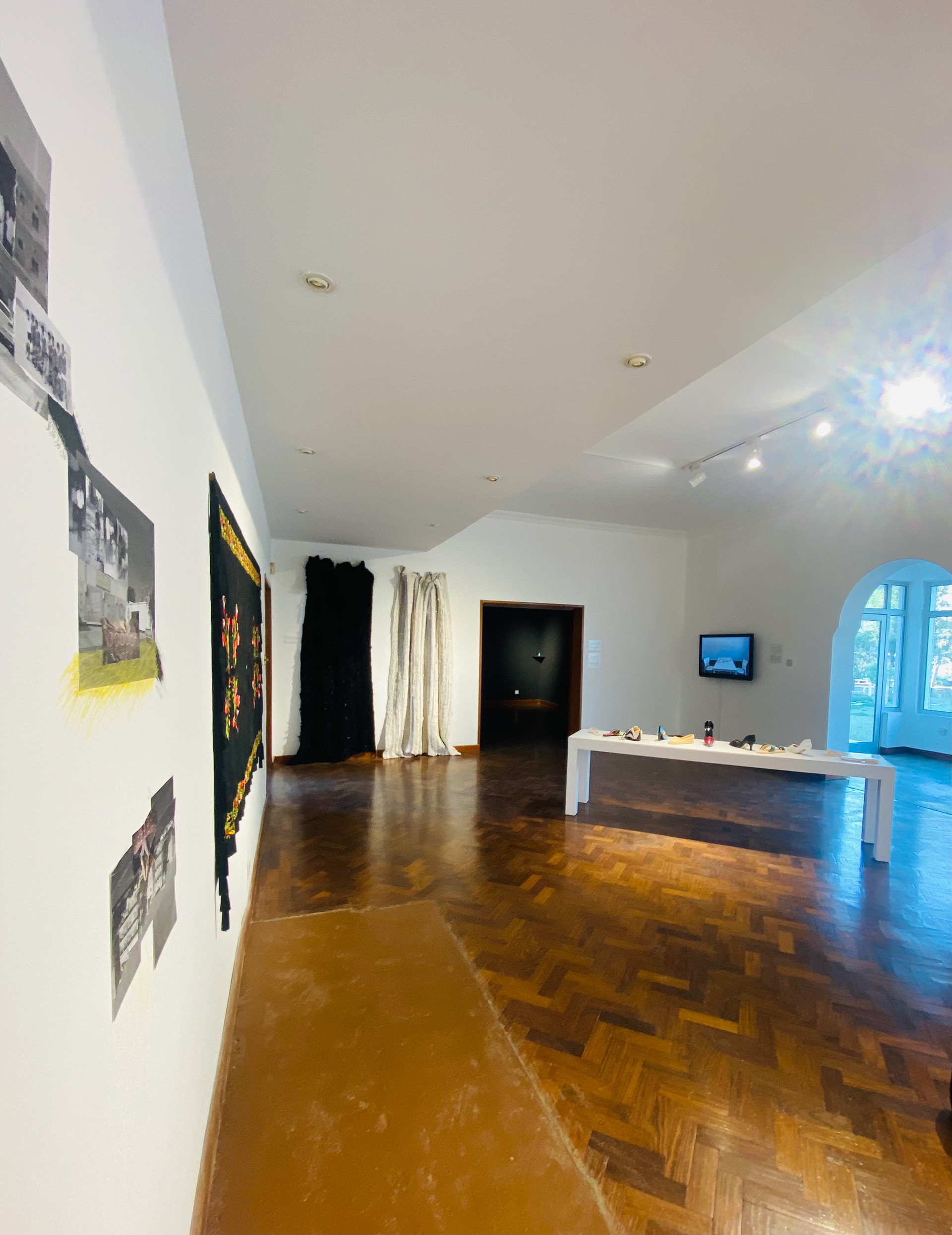
AlRiwaq

Karima Sharabi with her bronze breast pump
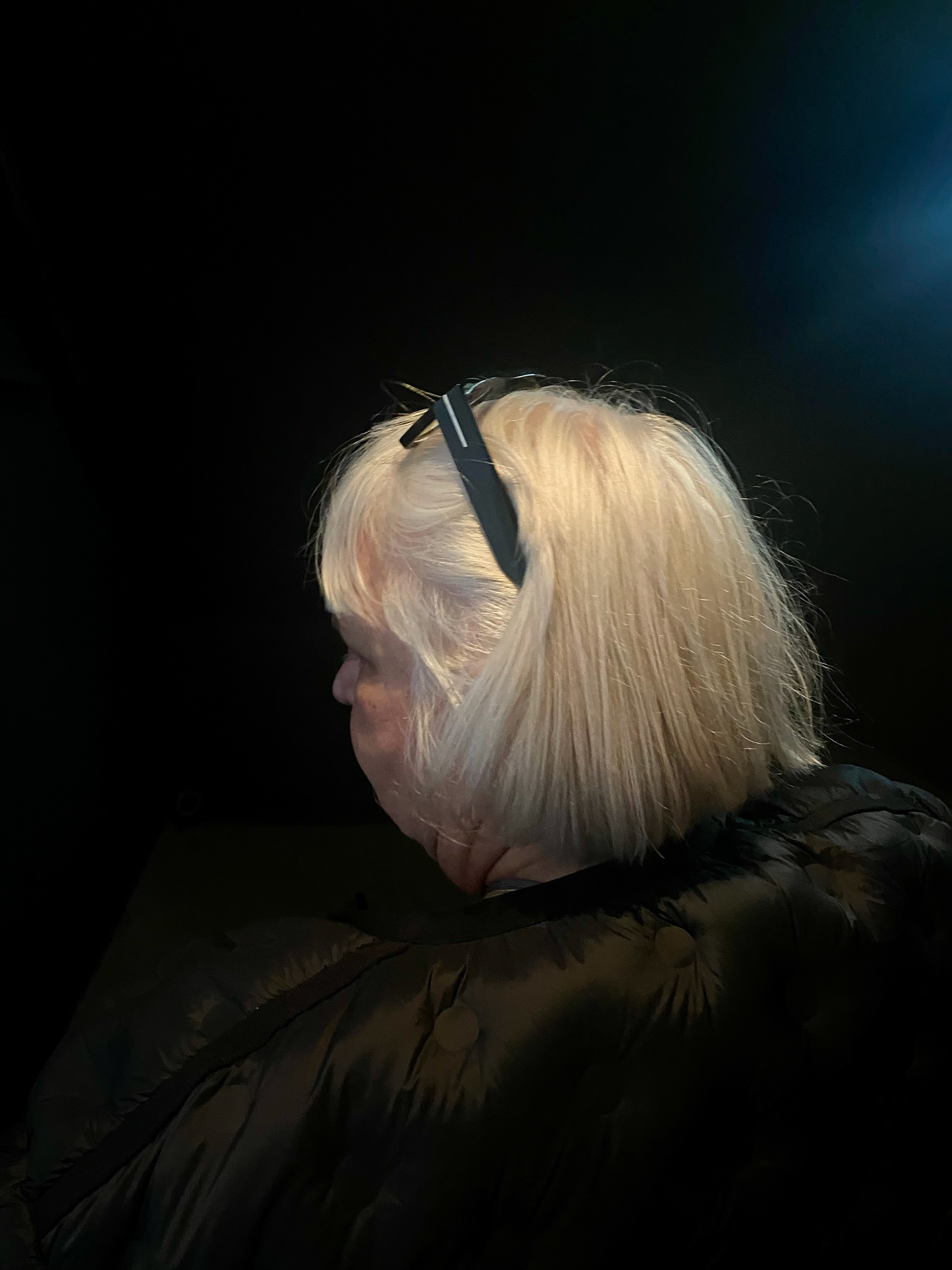
Loraine Todd listening to my audio stream, confused as to what was happening

Irina Kotova with her hand woven carpets made by stitching together her daughters t-shirts and friends abayas then filling them with staples that make them hostile to touch

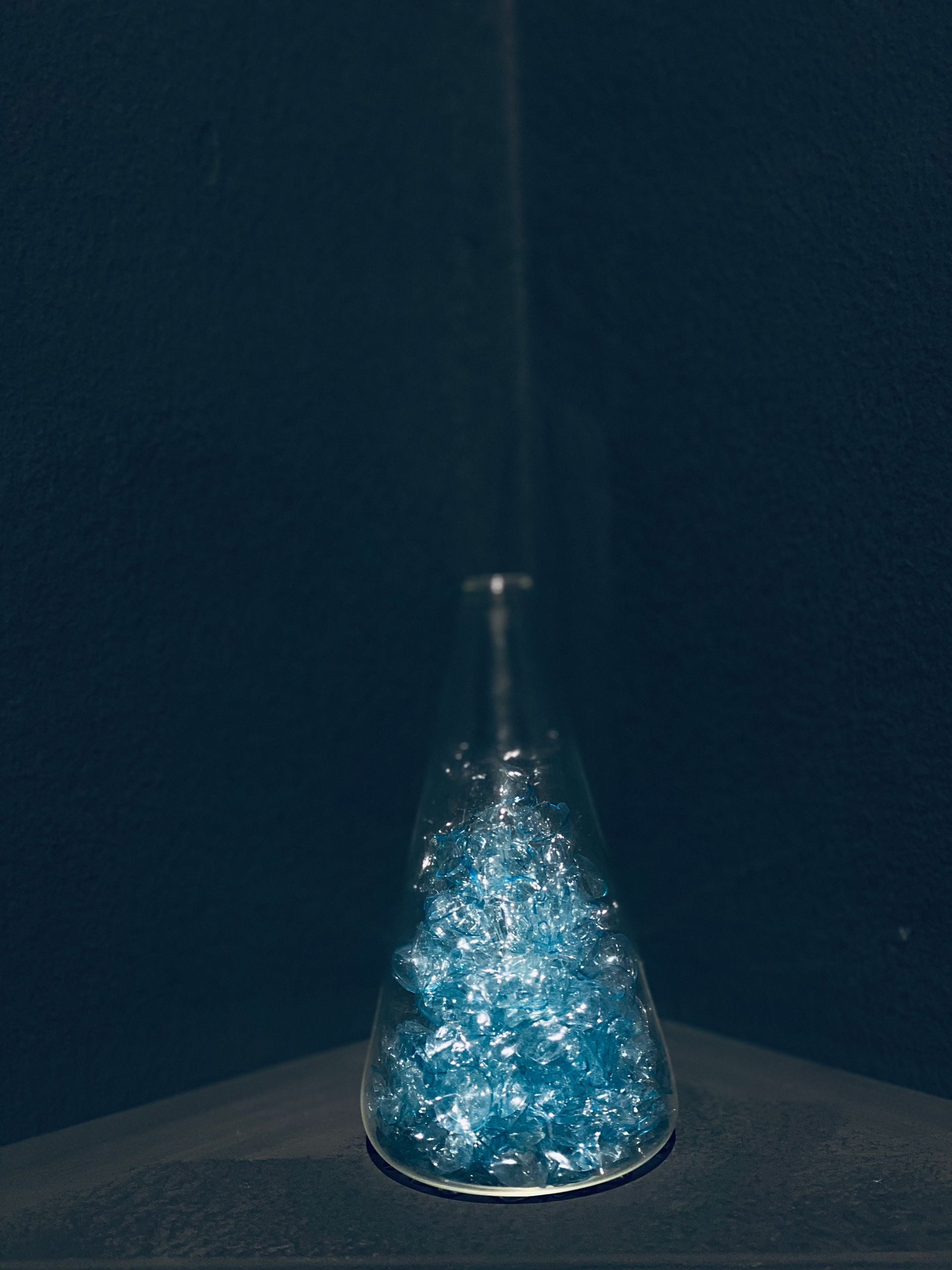
Mai Moataz's discarded contact lenses
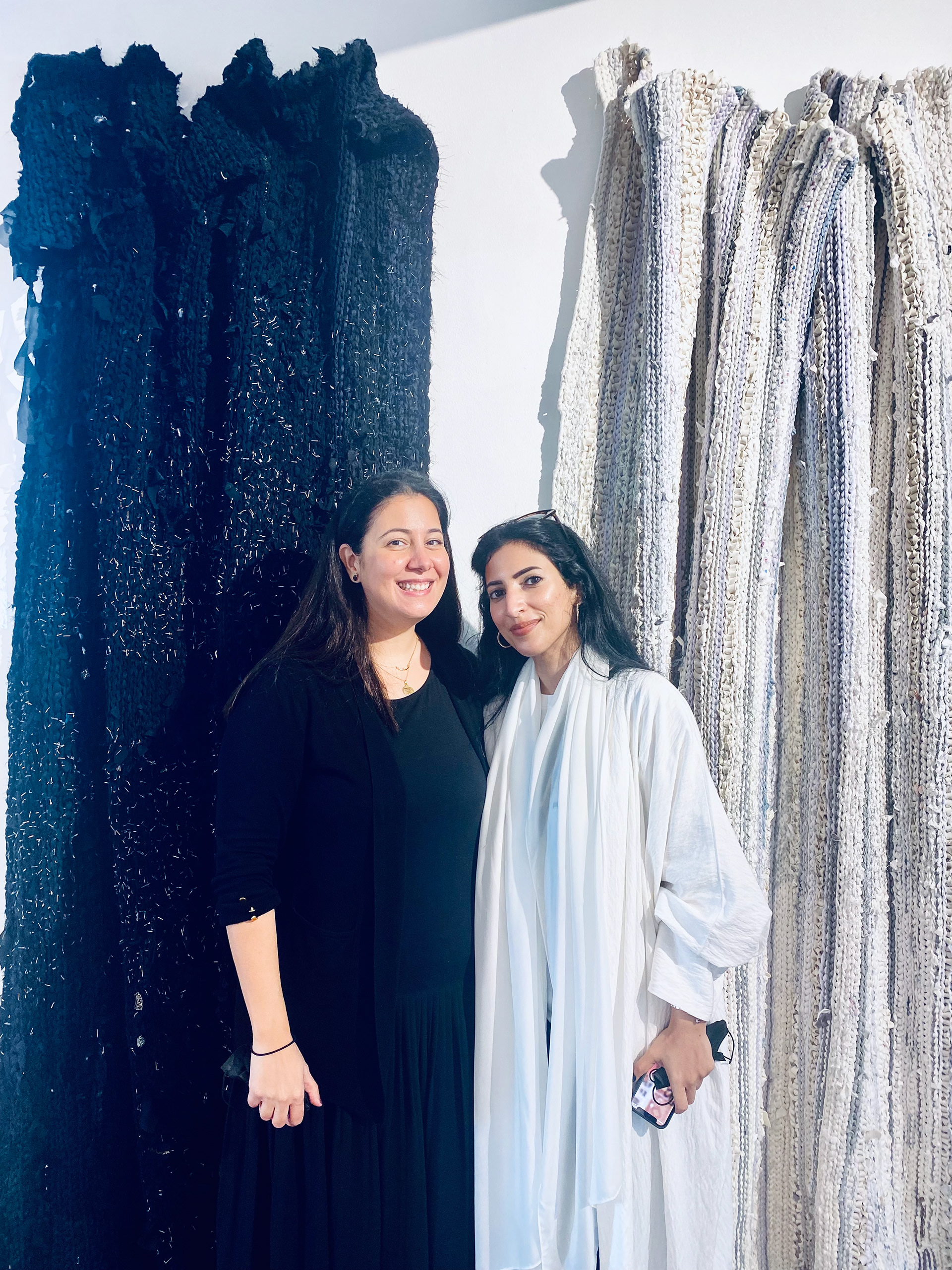
Noor, a gifted writer
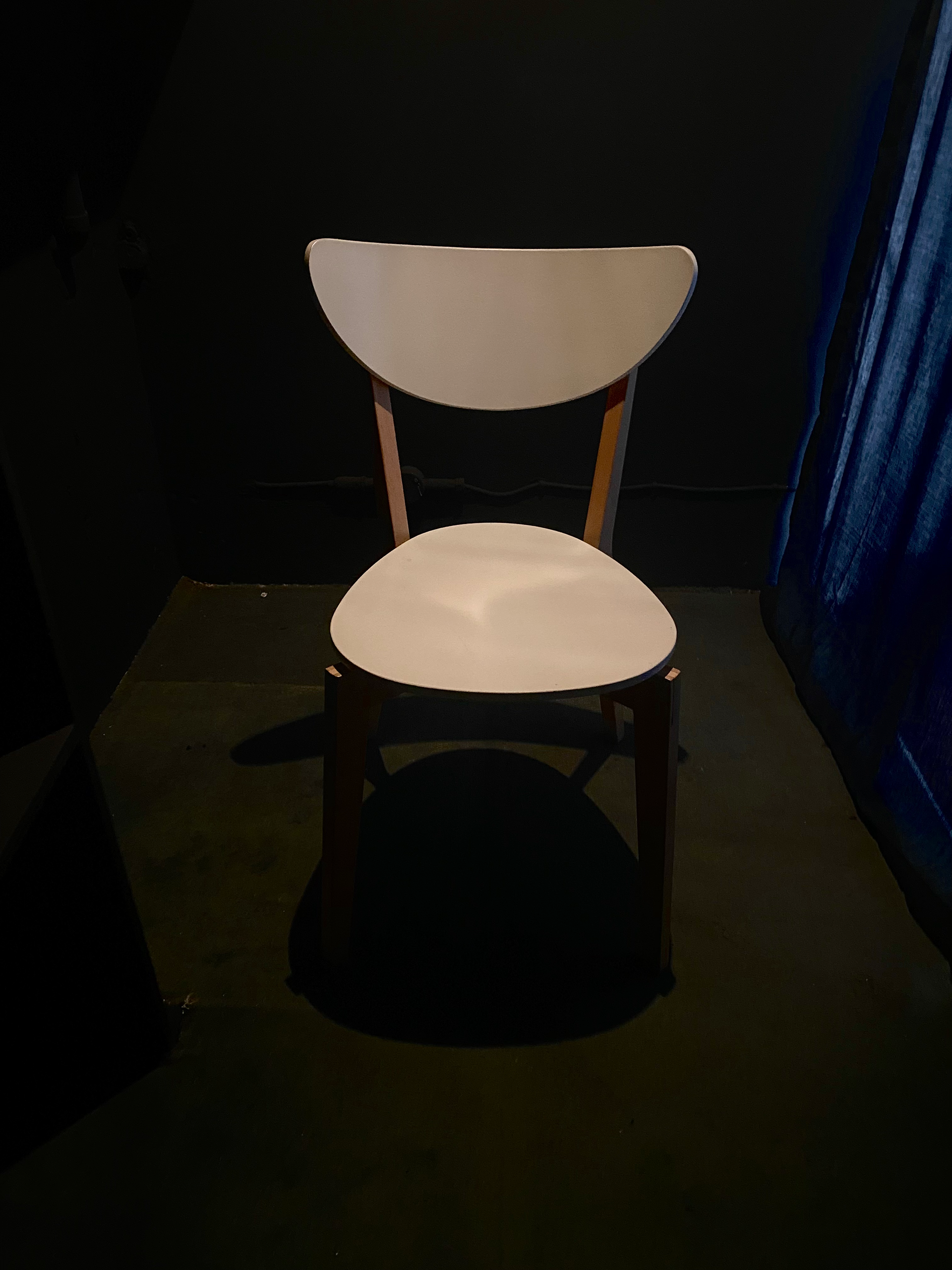
Listening chair
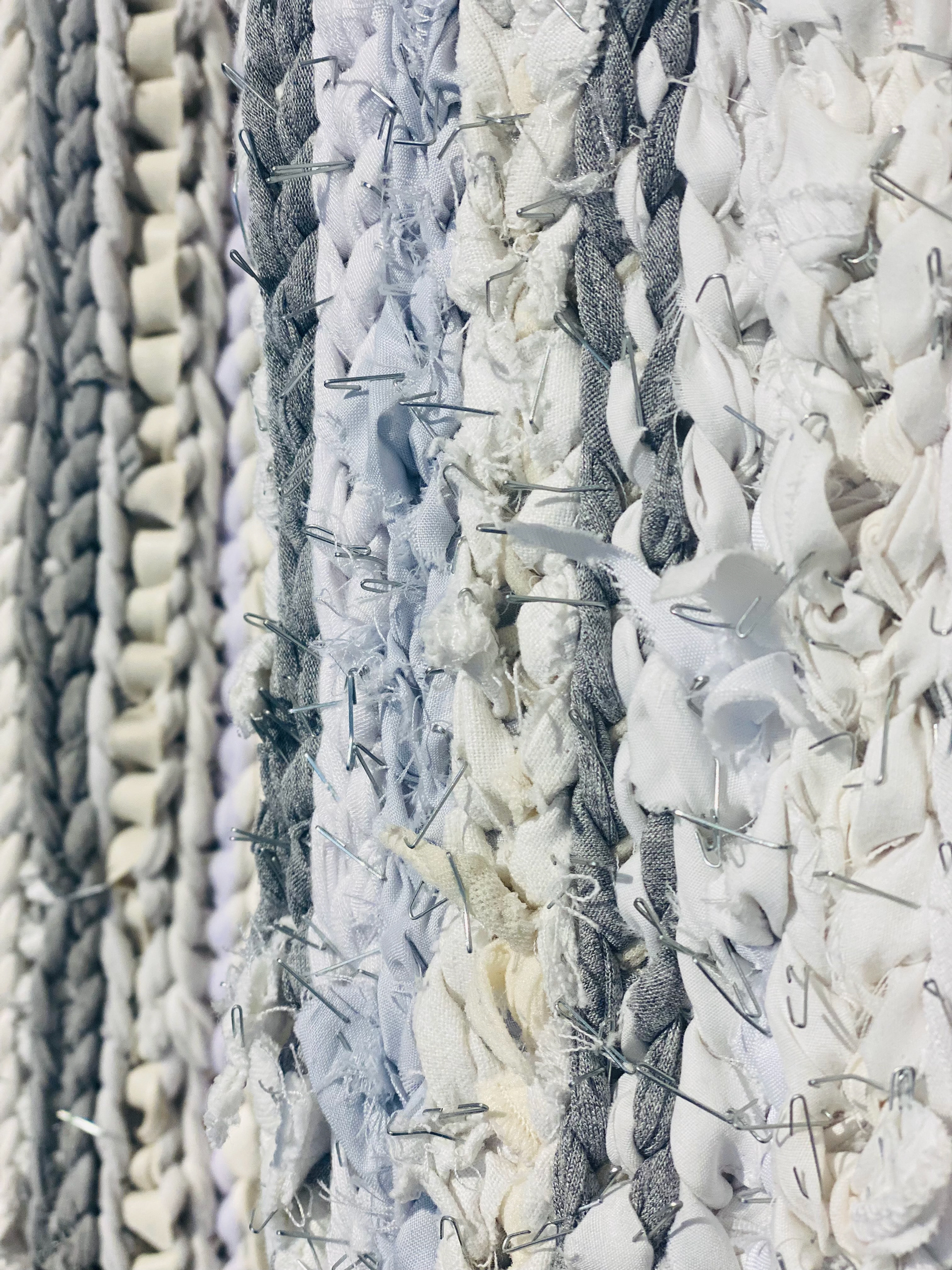
Close up of Irina's carpet

Fatima Juma embroidered shawl

Jaffar AlHaddad nightmares

Intense chat on the lawn

Shatha AlHusseini 1001 uses of Rose water
AlRiwaq’s inaugural exhibit (20/20 VISION) was the Nexus educational programme's end of course work that was supposed to happen in March 2020 🤍 The first NEXUS group led by curator William Wells, the majority of which were women and three men.
Some of the course intentions were:
- to ignite ideas
- enhance art practices
- provide references to art movements
- provide examples of ‘great art’
- change current perceptions of contemporary art
- provide a foundation for critical thinking
Global themes such as patriarchy, orientalism, and ethics amongst others were brought to the fore, resulting in interesting discussions that inspired many of the works in the exhibit that took a different path from what the artists had done previously.
Artists featured in the exhibit were:
Ghalia Abduljawad - ‘Celia and Alma’
- Lupita dolls (known for their cultural, social, and religious presence) made out of plaster of paris and painted colourfully. Their cartoonish and playful appearance, reiterates the continual debate over the objectification of women.
Irina Kotova - ‘Absences’
Community-made (with friends and neighbors) black and white quilted pieces made from her daughters clothes and friends abayas. Intricately woven in appearance but hostile to the touch as studded with staples. They are a result of a discussion on grief, loss, and absence, triggered by her daughter leaving to university.
Karima Sharabi - ‘Unsentimental Nostalgia’
A cast bronze breast pump immortalizing it. ‘One of the customs that emerged in 1930s North America was to cast a child’s first shoe in bronze. In 1854, O.H. Needham patented the first breast pump, simultaneously promising the liberation of women and effectively further exerting control over women’s possibilities. By presenting the bronze breast pump, the artist is offering a parallel viewpoint on early motherhood and care culture. This work demonstrates the continual control a patriarchal society has over the bodies of women.’
Fatima Juma - ‘Won’t You Wear a Shawl With That?’
- In this work, the viewer is confronted by a black shawl decorated with floral motifs leading one into believing that they are viewing something familiar and recognizable. On closer inspection, aggressive text embroidered in black (verbal abuse thrown by strangers) throughout the material are evident.
Shatha AlHusseini - ‘1,001 uses for rose water’
- Shelves lined with re-labeled bottles of rose water that have jarring statements. ‘By transcribing diasporic aesthetics onto the familiar visuals of commercial rose water bottles, 1,001 questions the ways tradition, identity, and ritual can simultaneously be mediums for survival, resistance, self-essentializing, and suppression.’
Mohamed Hejair - ‘Shelter’
- An uncomfortable animation video showing outstretched arms and hands rhythmically moving, clutching, holding.. ‘As technology advances throughout the world, seemingly for the betterment of people’s lives, often unforeseen toxic side effects emerge. Lifestyles are altered as new protocols are put in place, constructing new patterns of behavior. In the animation, the hand movements are almost reptilian - a constructed devolution - opposite of mankind’s intention.’
Mai Al Moataz - ‘And with all this, I still can’t see clearly’
- A spotlighted glass beaker in a dark corner filled with what first appears to be glass but in fact are dried contact lenses. ‘I spent the past couple of years collecting my contact lenses in an ashtray instead of discarding them. The collection offered a ritual delayed gratification, of giving value to something purposeless, at the end of each day.’
Hayat Hasan - ‘Everyday Lonelys’
- Illustrations depicting various scenarios on loneliness. ‘A series about the type of loneliness which many feel often. While not written about extensively as it isn’t as deep or painful as the loneliness we feel after a break up, living in isolation, or going through trauma, it’s that common loneliness we tend to keep at the back of our minds or dismiss with a drink, calling a friend, or being present with ourselves. But, it’s important, as it’s an emotion most go through, like being hungry for lunch isn’t a big deal because it isn’t starvation, but you’re still hungry.
Jaffar Al Haddad - ‘Nightmares’
- Collaged images stuck directly onto wall. ‘For weeks prior to the pandemic the artist was haunted by dreams. As the dreams became nightmares, many members of his close family and friends more often frequented these night terrors. In 2020 the pandemic enveloped Bahrain and took them all. The artist’s emotions were so overwhelming that he began this artwork as a way to work things through and process his feelings.’
Somaya Abdulghani - ‘Journey to Jerusalem’
- Various statements and text written loosely over the wall with individually encased embroidered textile pieces beneath on a shelf.
- ‘In the summer of 1966 seven Bahraini sisters joined a larger group of relatives on a road trip to visit Jerusalem. Recollections are often tenuous in reconstructing memory and here in the first iteration of this project highlighting the different perspectives and impressions that speak to fabricating a collective memory of this journey. Tangible textiles made by the siblings demonstrate the different personalities as well as their intimate relationship.’
Sara Madan - ‘These shoes are made for…’
- Uses a combination of materials to re-examine the multipotentiality of these often overhyped / overlooked objects (shoes) as markers of identity and as symbols of status and strength.
Ahmed Ashour & Shatha Alhusseini ‘2 minutes, 2 years ago’
- Two years ago in the NEXUS workshop, we were prompted with the question "Is Orientalism still relevant in the Middle East today?" In response, we performed Salt and Sugar: a live, 2-minute-long improvised piece irreverently exploring the dynamics of power, capitalism, and neocolonialism.
- Two years later, when we were invited to repeat and document the performance on video, we found ourselves grasping at a ghost, spending hours attempting to replicate a brief moment that was defined by its spontaneity, process, and context. No longer involving the same place, the same props, or even the same people, it was further at odds with the medium of video documentation.
- In the face of this failure, we present 2 Minutes, 2 Years Ago as the residue of our attempts and discussions. Still life on loop, it is both an echo of past work, and a new piece in and of itself.
